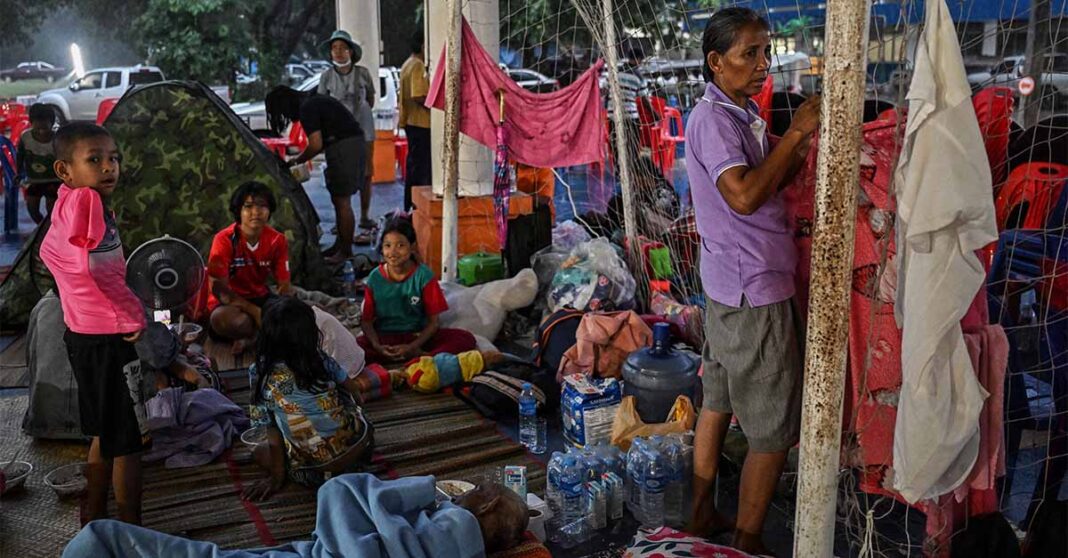The Laotian Times/AFP – International concern is growing over the ongoing armed conflict between Thailand and Cambodia, as the two Southeast Asian neighbors continue to exchange artillery fire for a fourth consecutive day.
The clashes, which erupted on 24 July over a long-standing border dispute, have drawn responses from several governments urging a peaceful resolution.
On 26 July, the United States’ President Donald Trump said on social media he had spoken with both Cambodian Prime Minister Hun Manet and Thailand’s Acting Prime Minister Phumtham Wechayachai, urging both sides to agree to an immediate ceasefire.
He warned that the US would suspend trade negotiations with both countries until hostilities cease. According to Trump, both leaders expressed a willingness to stop the fighting, and he pledged to remain engaged in mediating a resolution.
Cambodia has taken the matter to the United Nations, with Prime Minister Hun Manet calling for an urgent Security Council meeting. Meanwhile, Thailand’s Ministry of Foreign Affairs confirmed it is in close coordination with its regional partners and monitoring the situation closely.
Neighboring Laos issued a statement expressing deep concern. As a country with close ties to both sides, Laos urged Thailand and Cambodia to show restraint and resolve the situation through dialogue.
France also joined the international chorus calling for peace. Through its embassy in Thailand, the French government condemned the violence and urged both nations to halt hostilities immediately. French citizens were advised to avoid the conflict zone and evacuate if already in the area.
The Philippine government, in a statement from its Department of Foreign Affairs, emphasized the importance of a peaceful resolution in accordance with ASEAN principles and international law. It confirmed that no Filipino citizens had been harmed so far, but its embassies in both countries remain ready to provide assistance if needed.
Clashes Escalate Despite Peace Efforts
Despite these international appeals, fighting continued on 27 July, with Cambodian and Thai forces engaging near two disputed temples along the border. AFP journalists in Samraong, a Cambodian town around 20 kilometers from the conflict zone, reported hearing artillery fire from early morning. The Cambodian defense ministry confirmed that clashes began around 4:50 am.
The violence started on 24 July when Cambodian gunfire allegedly struck a gas station in Thailand’s Kantharalak District, Sisaket Province. In response, Thai authorities issued warnings to their citizens in Cambodia, urging them to leave due to rising danger.
Hostilities intensified the next day, as Cambodian forces launched rocket and artillery attacks into Thailand’s Ubon Ratchathani and Surin provinces around 4:00 am on 25 July. Thai troops retaliated with return fire, and by mid-morning, clashes were reported in multiple areas. Thailand’s Ministry of Health later confirmed that at least 12 people had been killed and 43 injured since the start of the fighting.
With tensions still high, the prospect of a ceasefire remains uncertain.
As of 27 July, both sides continue to exchange blame over who fired first, and the border remains an active conflict zone. The international community has continued to urge restraint and dialogue, warning that the violence risks destabilizing the broader region.



